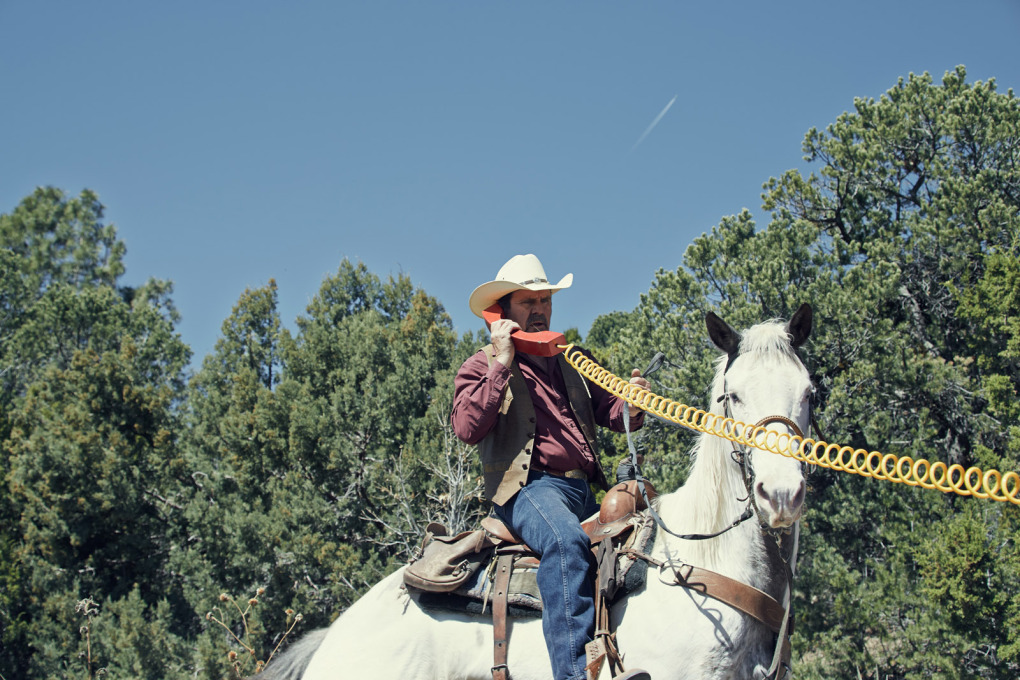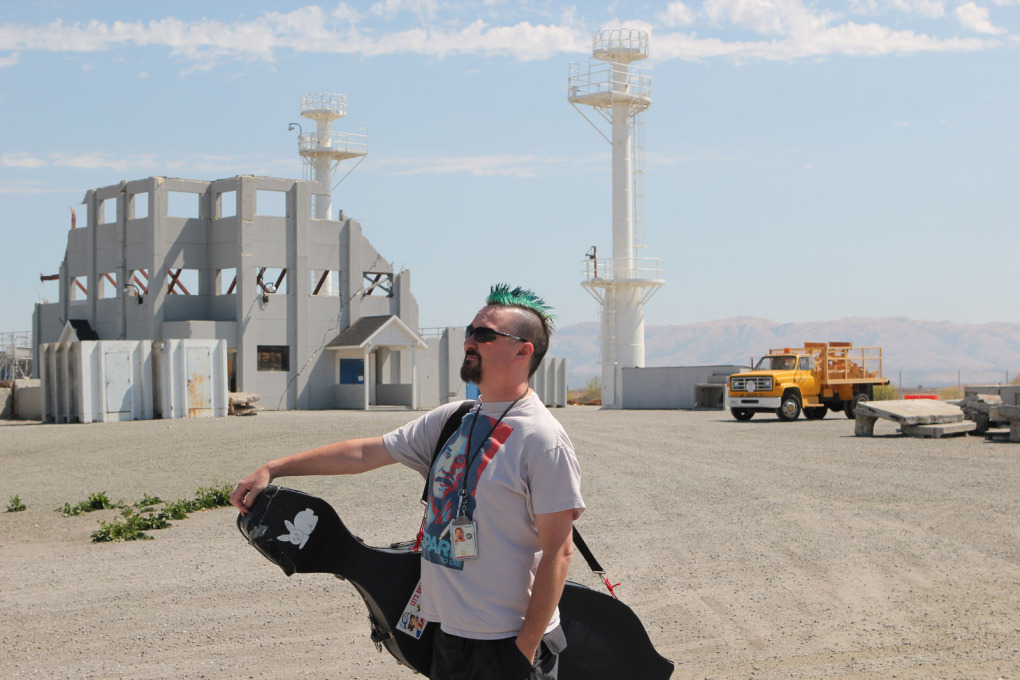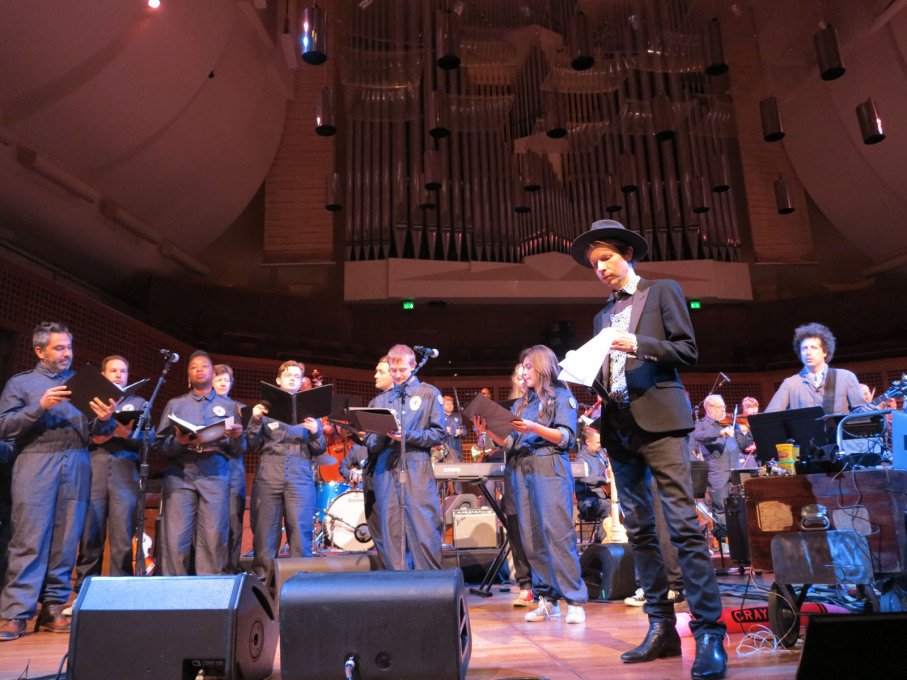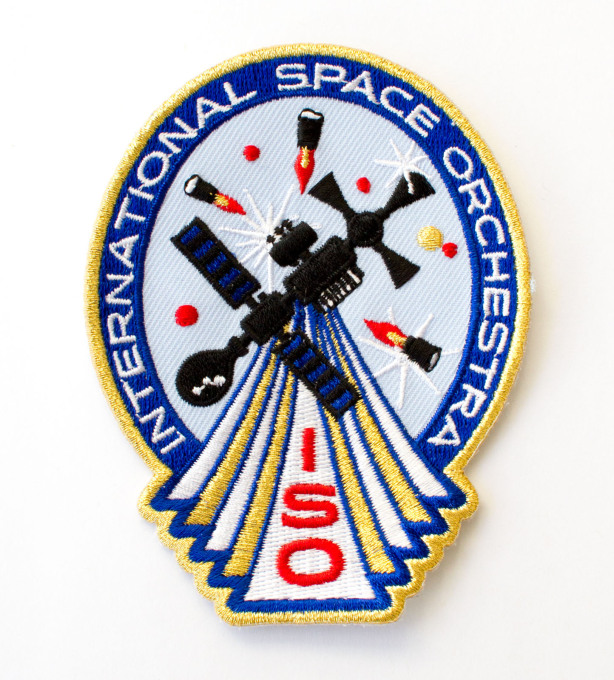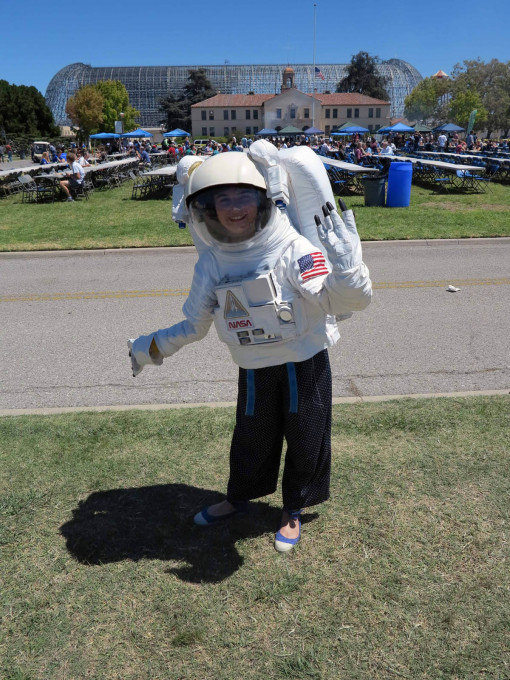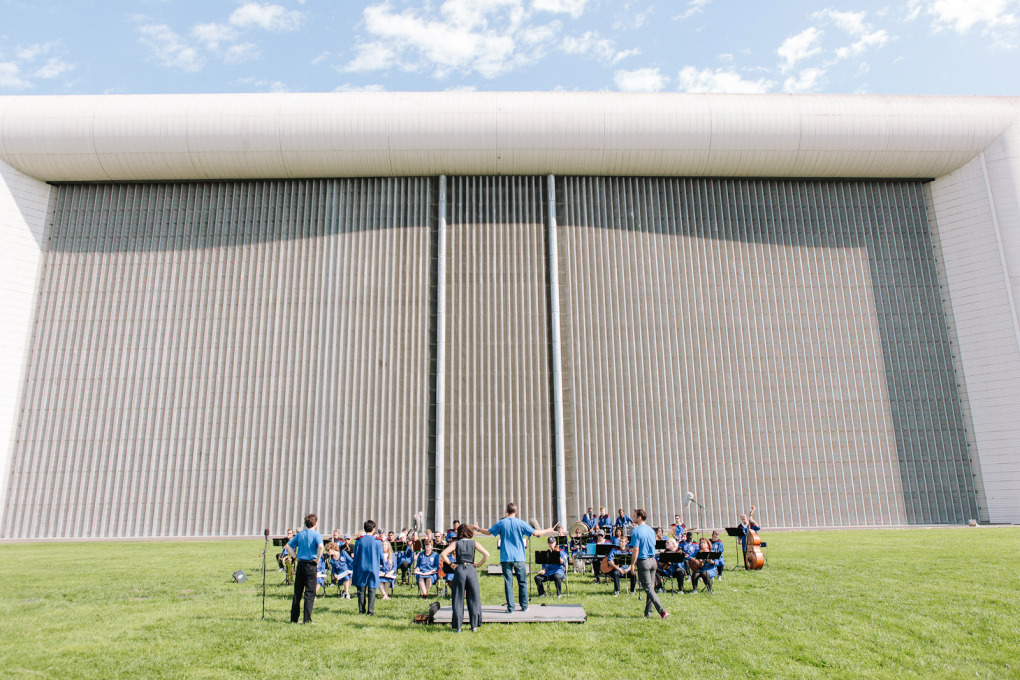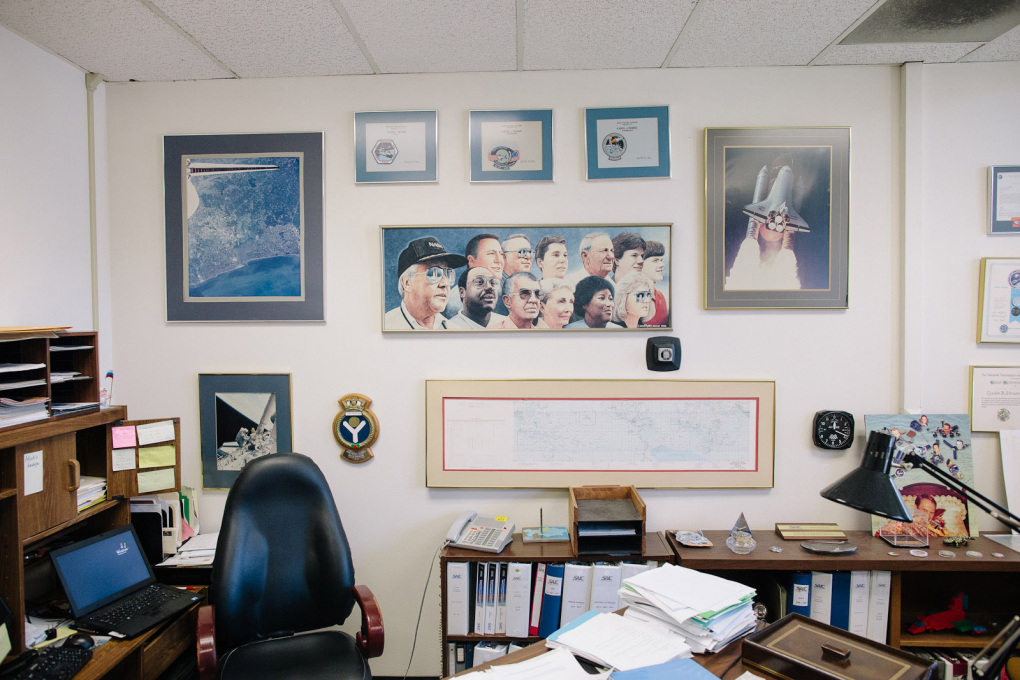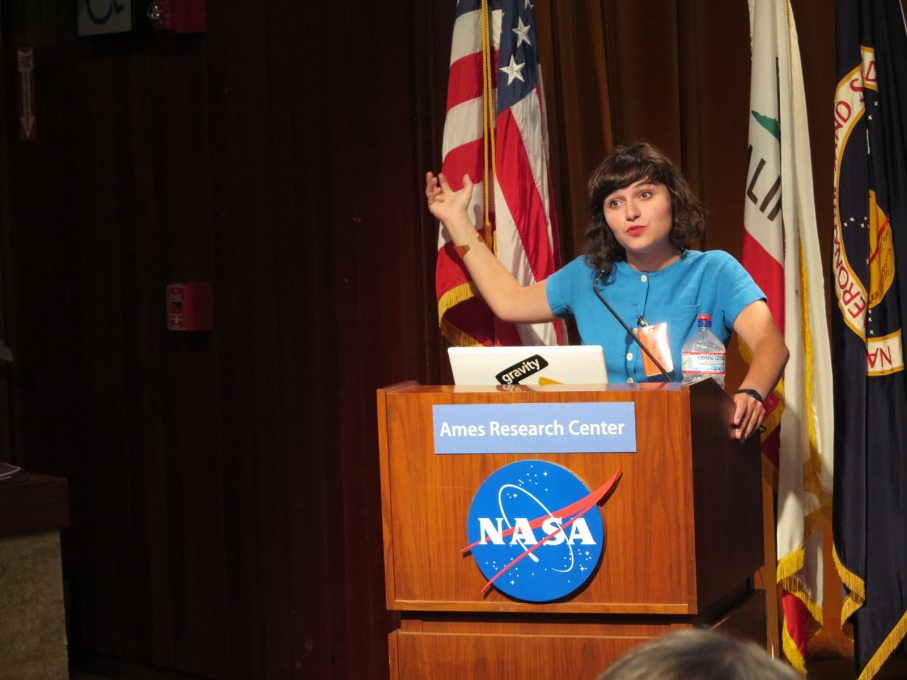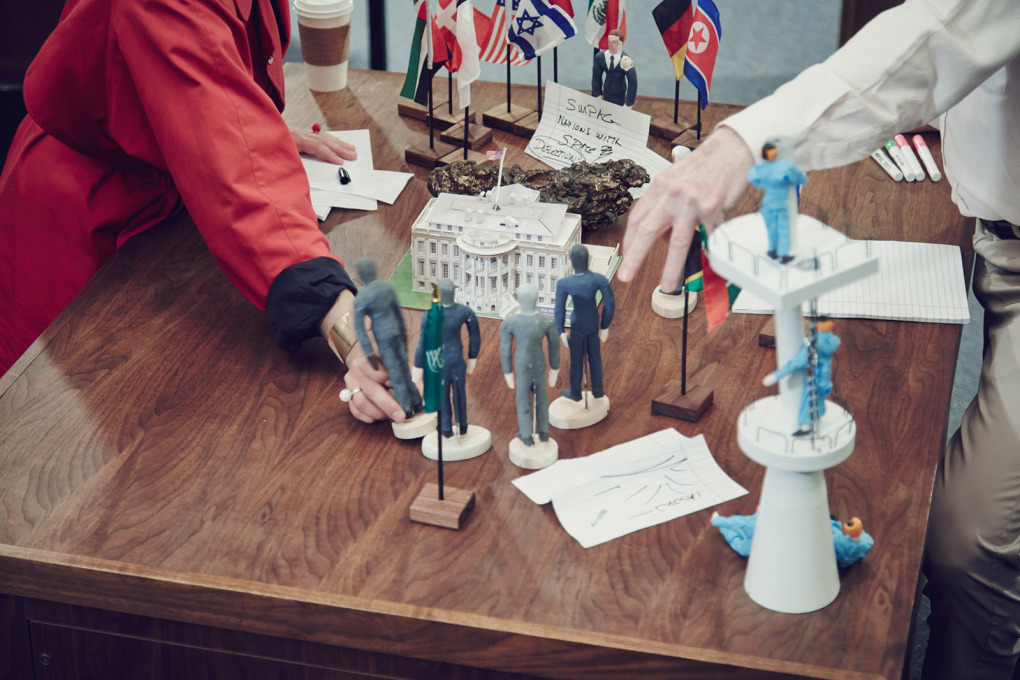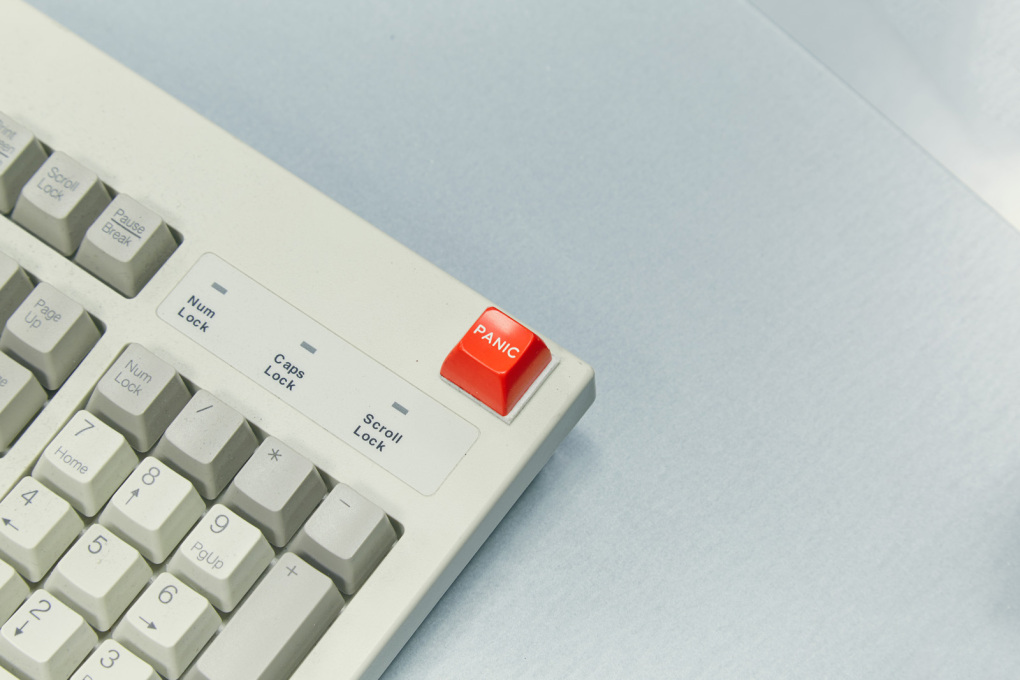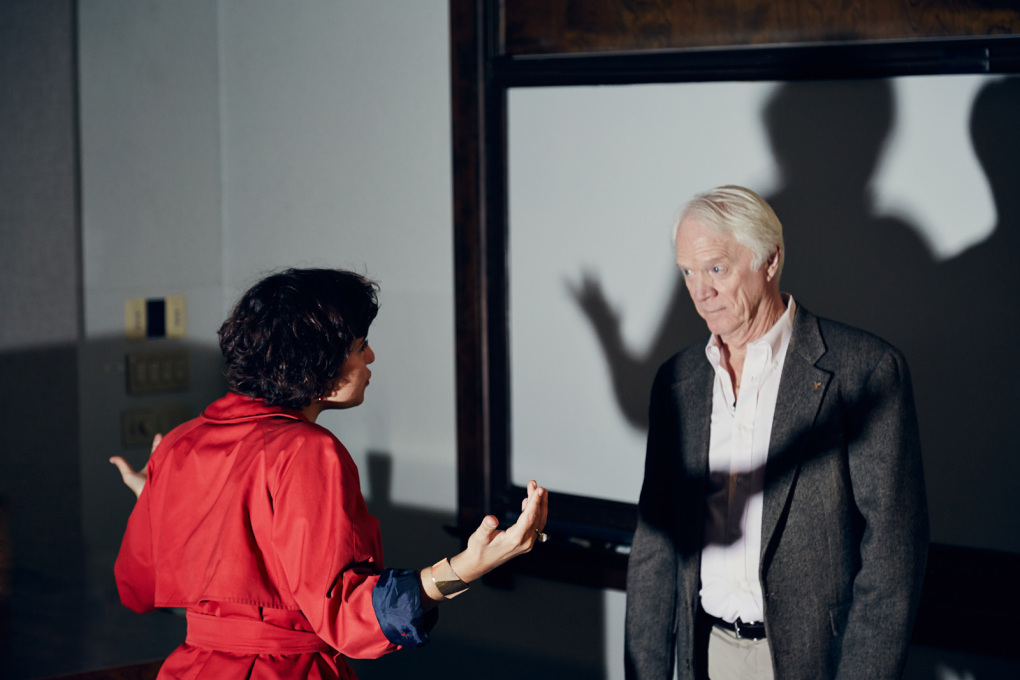Among the pack of emerging designers who aren’t exactly making chairs, Nelly Ben Hayoun stands out, both for the experiential value of her mega-projects and their deep impact (pardon the pun) on gigantic, seemingly remote organisations. Take the International Space Orchestra, a group of space scientists from NASA and the SETI Institute, who she pulled together from scratch to form a fully-fledged orchestra, collaborating with Beck, Bobby Womack, Bruce Sterling, and Penguin Café. Or Disaster Playground, a movie she’s making about scientists planning to deflect asteroids from earth.
Hayoun, the so-called “Willy Wonka of design and science”, looking awfully space-appropriate in a jumpsuit, sat down with Elvia Wilk at the recent What Design Can Do! event in Amsterdam, to talk about her recent work – and ideas on space invasion, Noam Chomsky, and why NASA needs a counter-culture. The question “Is this design?” did not arise.
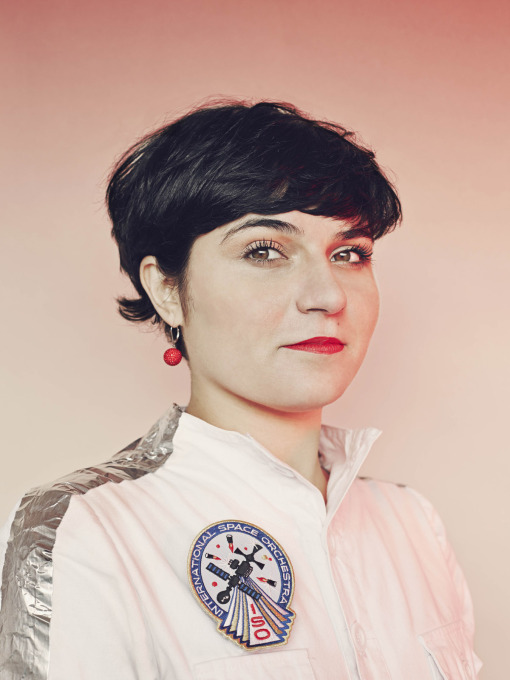
With the International Space Orchestra (ISO) you’re dealing with the place where corporate culture and “high” culture meet. What type of “culture” does a place like NASA have?
NASA has a strong culture – indeed a lot of it inspired pop culture. Take Hollywood for example. Kubrick did a great job; he was always implanting and discussing his ideas with architects at NASA. The Agency is quite famous for collaborating with film directors. But nowadays, when you speak about NASA’s culture, the public still thinks the moon landing. There seems to be a disconnection between what the Agency communicates to the public and what the public actually think they are doing.
They haven’t redefined themselves in years.
That’s not quite true: their logo was redesigned [in the 1990s]. Before that they had a logo they called “the worm”, and now they have one they call “the meatball”. I’ve always been interested in how we can use design as a critical platform to understand an institution, and to inspire discussion and debates within it and beyond. The orchestra invited individuals working at the Agency to implement, deconstruct, perform, sing, mix, modify, and design musical acts in control rooms, acting as a provocation to imagination and human relationships with science and technology and the way in which they can relate to our creative needs. It was also about getting the people in the organisation to collide together – for them to reflect on what their culture is actually about and getting them to really question what the future of space exploration might be beyond the guidelines set by Congress for example.
What happened to the orchestra after the first performance?
It’s still going! When I went back to the UK in 2012, we had all these worldwide, well-known composers involved. Our first performance lasted 27 minutes, and I thought that would be it. But I saw they were still wearing these patches we made – whenever they have a mission at NASA, they make a new patch and add it to their jumpsuits – so the orchestra was starting to enter their existing culture, creating what Bourdieu called a counter-culture, something on their own. So the orchestra had to have a future; it couldn’t just stop after one performance. Then on August 4, 2013, two ArduSats (Arduino-based nanosatellites) carrying the ISO recordings were launched in space aboard the H-IIB Launch Vehicle.
The ISO is now orbiting the earth.
Last year we performed with Beck, and this year we performed a tune by The Prodigy. For me it’s not just about the performance each time but about the physical platform we’ve created. If you do a performance with the International Space Orchestra, you need to understand the theme. At the moment we are working with The Prodigy, because it feeds into another project I’m working on called Disaster Playground, which is all about emergency procedures – it made sense to work with a punk band.
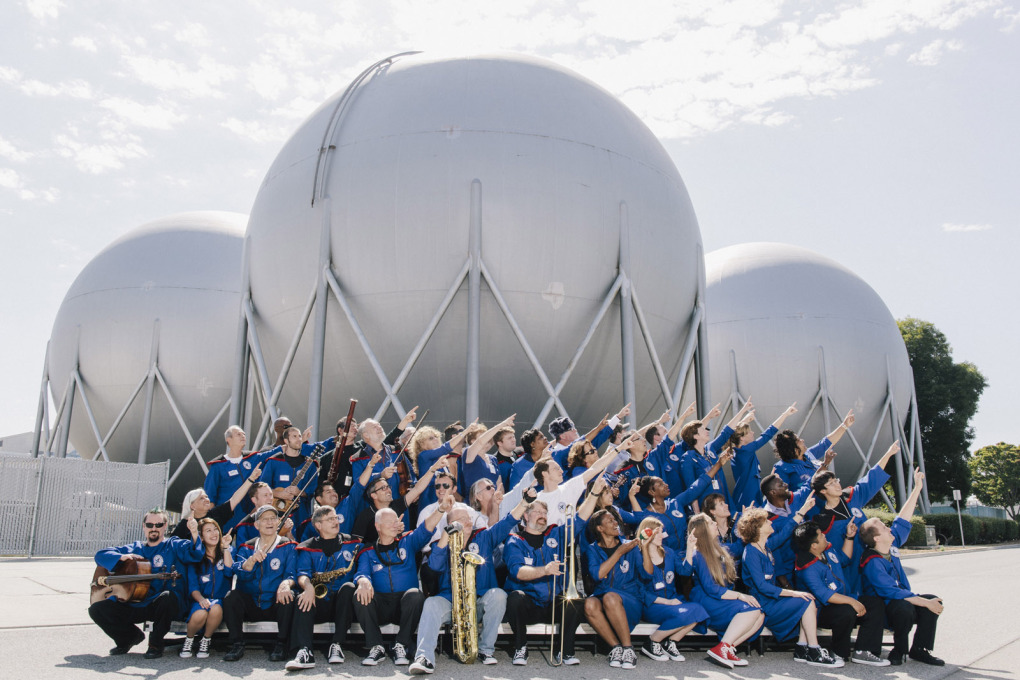
You have got so into music, are you a musician now?
I’m just someone who is well-connected! I work hard to make it happen. I work with a theme, and the rationale behind it, for each year, and then I invite the composer I think would make sense. It could be a composer or it could be a writer, like Bruce Sterling, who we worked with. I would love to work with Noam Chomsky next…
Really? Why?
He has been working a lot with systems, writing a lot about how the mind functions, linguistically of course, but he has also done a lot of work on artificial intelligence, so it makes perfect sense to me that there would be a link. I don’t know what form that will take, but that’s what excites me. It needs to always be challenging – it’s not just about the orchestra singing.
It’s not about how the music sounds?
Of course yes! Beck, Damon Albarn etc… are really fantastic composers – it’s not like I went for Justin Bieber. I do care that the work is musically interesting, but it also has to be more than that. Evan Price is a real master in turning chaos into a fantastic harmony and he is doing just that with the ISO and the results are really surprising (in a very good way).
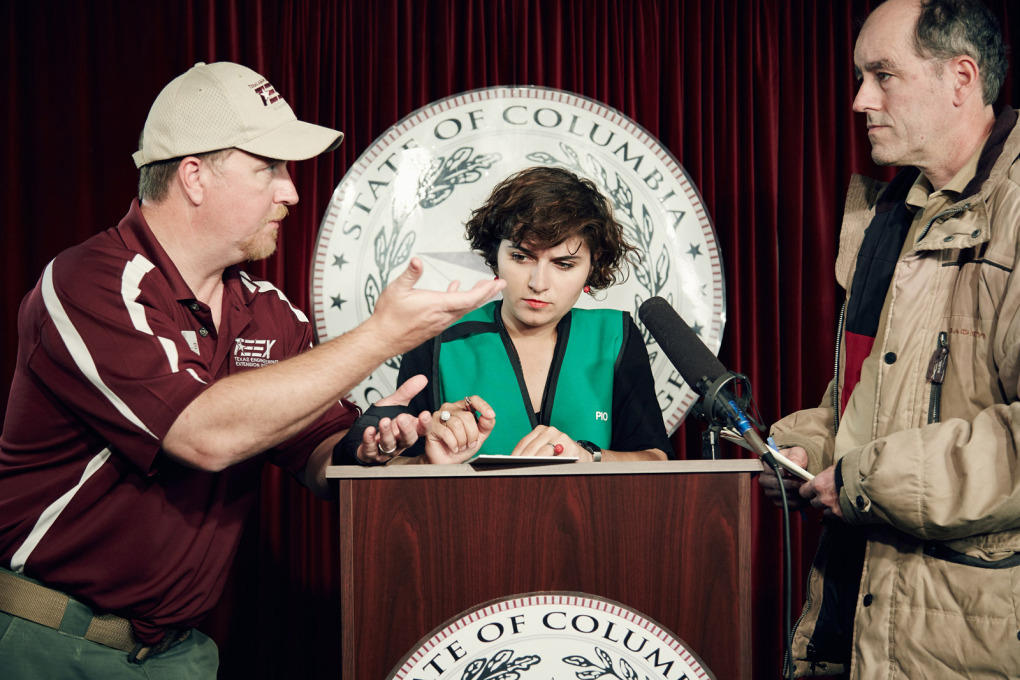
How did your fascination with space start in the first place?
It started with my Soyuz Chair project, where I started to work with cosmonaut Jean Pierre Haigneré from the European Space Agency (ESA). I have always been fascinated by space, the scale of the universe, and travel. It drives us to speculate: How are we going to survive it? There are all of these technical and scientific questions that I love to think about, but there is also the fact that I’ve always been drawn to extreme challenges. I’m completely fascinated with places that are very difficult to access due to geopolitical barriers. Amongst all my projects, producing a project at NASA has been the most challenging, nerve-wracking but absolutely sublime experience.
I guess the superstructure of an organisation that rejects you at every turn can become very intimidating.
Yes, it can be very intimidating. But, though they rejected me at first, now they welcome me with open arms. It’s only fair that it took them time to understand that the orchestra could do a lot for them – if someone is coming to you and telling you that you’ve got massive problems with public communication, you might not take it very well. And I’m quite direct as a person! Eventually I suggested that together we take a different angle on public relations, and instead of showing only the sleek version of things, also talk about the process involved with doing a mission in the organisation.
Speaking of process, what’s going on with “Disaster Playground”?
It is another platform with many outcomes: there is a film, an exhibition, an immersive experience, a book, debates... I like to call these mega-projects. Disaster Playground is about the design of emergency procedures, nailing down who is in charge, who defines the procedure when things go wrong, and according to which rationale. It’s not like we get bombarded by meteorites all the time – but imagine there is an asteroid landing on the Netherlands – not even a big one – it could damage all of Amsterdam. We have the tools that could deflect it before it comes here, but first we have to change the way we monitor the sky and organise politics to be able to deal with it in time.
We have to pay attention.
We have to pay attention, and we have to pay to support the Near Earth Object Programme. You don’t get a space agency rolling for free. NASA is the only agency who has been working seriously on the threat of asteroids (European are starting with the Neoshield programme). Why would they pay to protect the Netherlands? There is also an international coalition of scientists and diplomats [United Nations Office for Outer Space Affairs], who put a proposal in eight years ago for dealing with asteroids, called the Asteroid Threats: A Call for Global Response, and only now, did the United Nations agree that there is a problem we need to address!
Terrifying.
Armageddon, Deep Impact – these films don’t predict reality. That’s why it’s so important for NASA to communicate properly. But because NASA is a governmental agency, its priorities follow the agenda of an administration. At this moment the Obama administration is all about Mars and asteroid mining, but if a Republican comes on board next, he or she might have a totally different agenda for space. For instance, the next person might want to privatise the agency? Who knows?. They are already collaborating with people like Elon Musk and SpacEx, but they still can’t really accept money; public and private funding are still very separated. I wish it to remain like that, but at the same time, I would like, one day, to see someone on an asteroid and on Mars and it is unlikely that this could happen only with governmental financial backing.
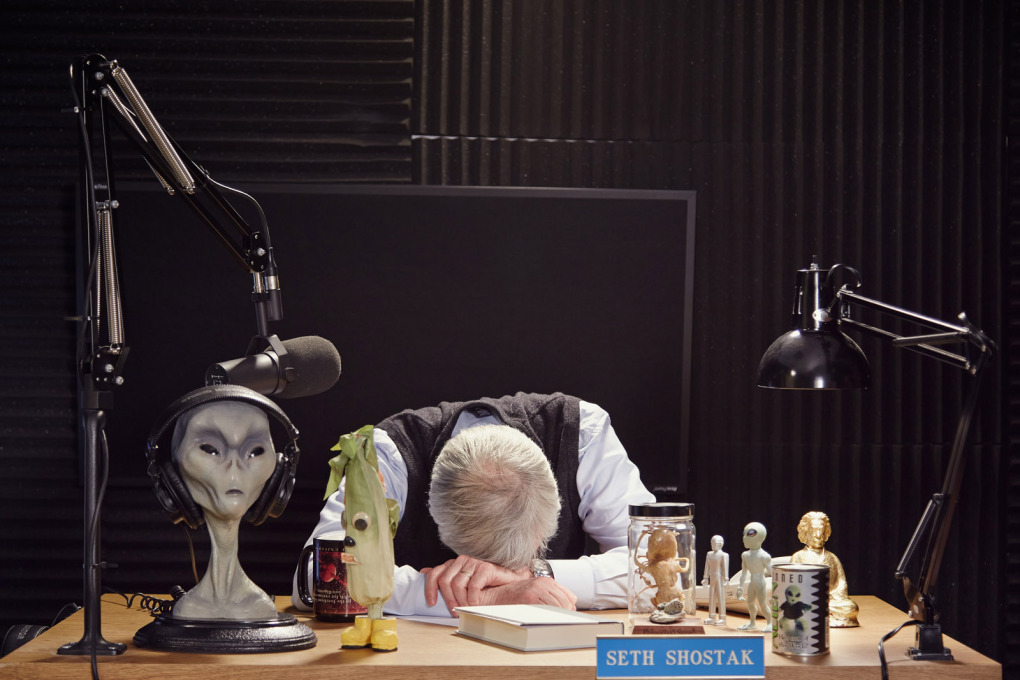
What is one major downside of not getting funding for the space programme?
There is a loss of institutional knowledge, which is incredibly sad. NASA is already forgetting the craft and the knowledge of generations. Not many people can now do the necessary archival work. Funding comes and go, and governmental cuts hit the space programme very heavily. We haven’t archived all of the successes from the Apollo mission! I went to visit some place in the middle of Texas (the Lunar and Planetary Institute USRA) where they have the flight plans of Apollo 11, 12 etc... They are the only copies in existence. Some have been scanned and available online but a lot of them are lost in these shelves.
It’s cultural heritage!
Absolutely, but there is no money to support an archiving system.
Someone needs to do a PhD and archive it all…
I’m doing a PhD, but not on the archiving! It’s mainly about the ISO and Disaster Playground projects, about how you can implement design of experiences within an institution for its own benefit, and for the benefit of the public. These projects are not about me gaining personal access; they are about sharing the knowledge that I gain. I’m not working for scientists. I’m working for members of the public to access this incredible knowledge in an experiential manner.
- Interview by Elvia Wilk
– Nelly Ben Hayoun is a Director and Experience Designer, on a mission to bring chaos, subversion and disorder into the design and scientific worlds.
www.nellyben.com @NellyBenHayoun




